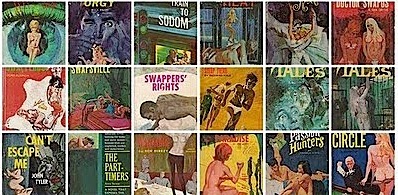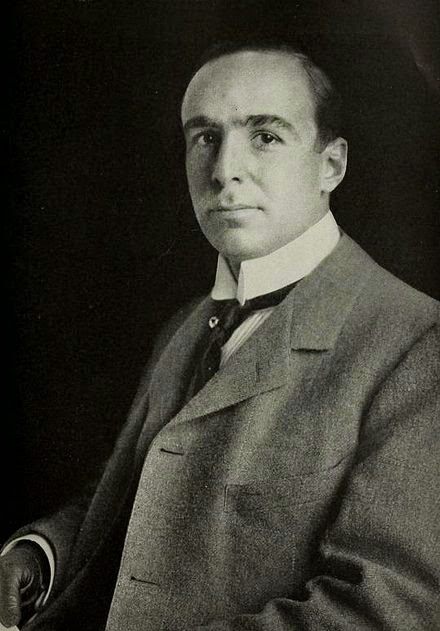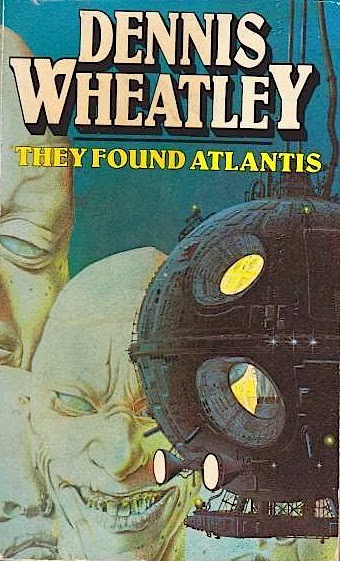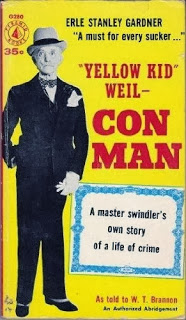
Found in the massive and unending Donald Rudd collection of detective fiction -a Gerald Verner thriller The Ghost Man (Wright and Brown, London 1936) in its sensational jacket. Gerald Verner was the pseudonym of John Robert Stuart Pringle. He had over 130 books published under four names during his lifetime and was hugely popular with his audience and a favourite of the Duke of Windsor, who was presented with an especially bound set of 15 of Verner's thrillers. He attempted to take over the mantle of the prolific (and wealthy) Edgar Wallace after his death in 1932. The jacket has elements of Wallace, even down to the style of the logo. The blurb on the inside flap reads:
Who was the man called Conner, bank robber and murderer, who was hanged at Wandsworth Prison? What connections did he have with the murderer of the Shabby Peddler in the garden of Janet Lacey's country cottage? Why did he search the place so thoroughly before he was killed? And what was the significance of the stanza from the Rubaiyat of Omar Khayyam? Mr Gerald Verner's new mystery is so full of excitement, his plots so ingenious, mysterious, and so subtly unfolded that it will be impossible to put the book down until the last word has been read.
The book is not listed by Bleiler (Supernatural Fiction) or George Locke (Spectrum of Fantasy)which would indicate the ghost is rationally explained. It is, however, an Omar Khayyam item..





























